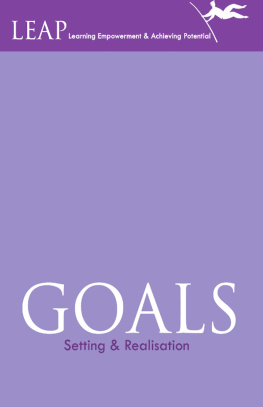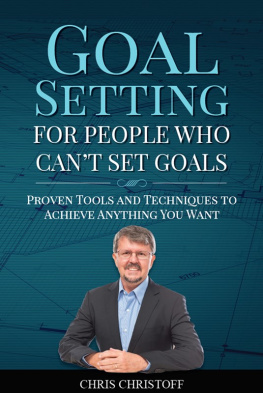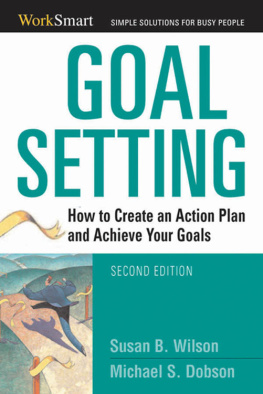
Table of Contents
This book made available by the Internet Archive.
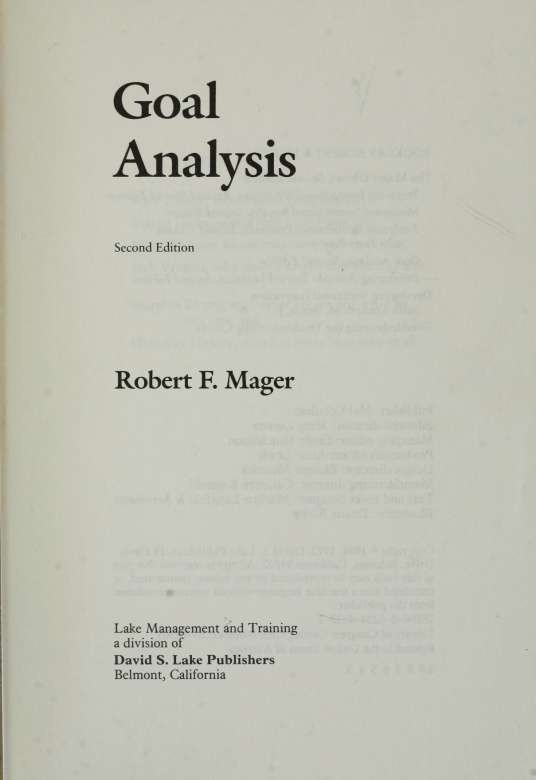
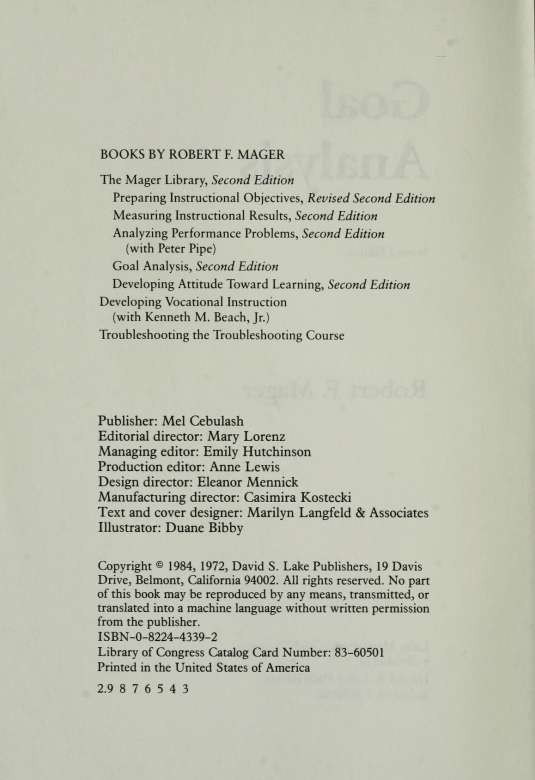
FOR
Walt Thorne, whose mind I can lean on;
Margo Hicks, whose help I can count on;
John Warriner, whose infinitives I can split on;
Jack Vaughn, who always knows one when he sees one;
Sturmun Drang, who never knows one when he sees one; and
Harnicky Hirsute, who has never been seen at all.
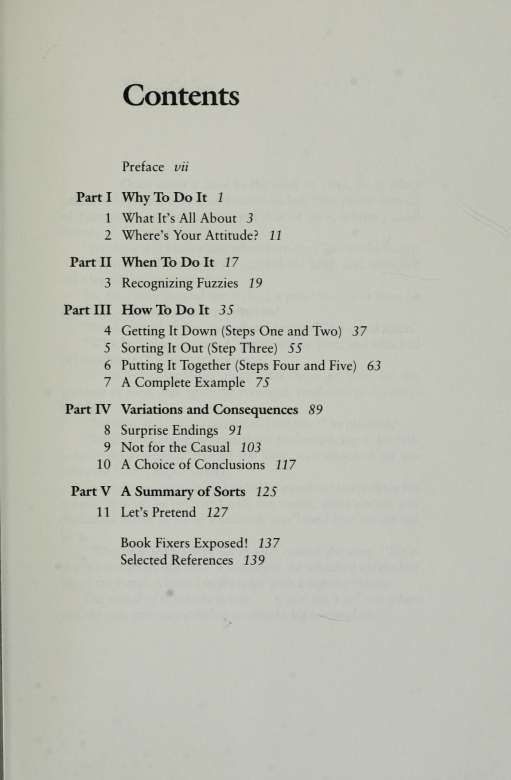
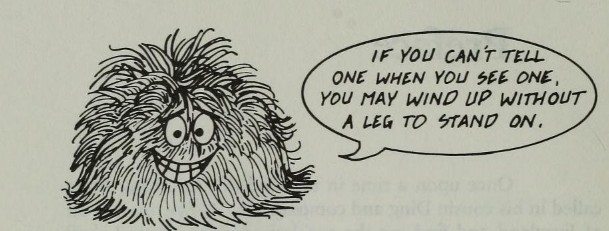
Preface
Once upon a time in the land of Fuzz, King Aling called in his cousin Ding and
commanded, "Go ye out into all of Fuzzland and find me the goodest of men, whom I shall reward for his goodness."
"But how will I know one when I see one?" asked the Fuzzy.
"Why, he will be sincere" scoffed the king, and whacked off a leg for his impertinence.
So, the Fuzzy limped out to find a good man. But soon he returned, confused and empty-handed.
"But how will I know one when I see one?" he asked again.
"Why, he will be dedicated^' ' grumbled the king, and whacked off another leg for his impertinence.
So the Fuzzy hobbled away once more to look for the goodest of men. But again he
returned, confused and empty-handed.
"But how will I know one when I see one?" he pleaded.
"Why, he will have an empathetic understanding of his self-actualizing potential," fumed the king, and whacked off another leg for his impertinence.
So the Fuzzy, now on his last leg, hopped out to continue his search. In time, he
returned with the wisest, most sincere and dedicated Fuzzy in all of Fuzzland, and stood him before the king.
"Why, this man won't do at all," roared the king. "He is much too thin to suit me."
Whereupon, he whacked off the last leg of the Fuzzy, who fell to the floor with a squishy thump.
The moral of this fable is that... if you can't tell one when you see one, you may wind up without a leg to stand on.
If your goals are important to achieve, then it is essential that you do more than just talk about them in "Fuzzy" terms. And that is just as true for organizational and community goals as it is for personal and family goals. Broad statements of intent can be achieved
only to the degree that their meaning is understood; to the degree that you can recognize achievement of the goals when you see it.
And that is what Goal Analysis is about. The goal analysis procedure can be very useful in helping you to describe the meaning of goals you hope to achieve, whether those goals deal with attitude, appreciation, understanding, success, or profitability. It is a procedure designed to help you determine the important dimensions or components of a goal, so that you will be able to make good decisions about how to accomplish the goal and about how to keep track of your progress toward goal achievement.
It is not the object of this book to tell you what to achieve or what you should mean by the words you use. But if you have ever wished that you or the organizations with which you are affiliated could be better at accomplishing goals. Goal Analysis will give you the tools you need.
Robert F. Mager
Carefree, Arizona January, 1984
PART I
Why To Do It
1. What It s All About
Almost everyone wants to be more successful. Individuals want to be knowledgeable, have poise, be able to communicate and listen, and a thousand other things.
Organizations want their employees to provide good customer service, achieve high
morale, conserve energy, be responsible, understand minority groups, and a thousand other things. Members of the clergy want to increase reverence, encourage unselfish devotion, provide merciful ministry, and a thousand other things.
Almost all people want to improve these things either in themselves or in others. "They need to have a better attitude" and "We've got to teach them to be properly motivated"
are commonly heard expressions. "We need to improve their self-concept" and "We want them to behave in a professional manner" are others. The uttering of these important intentions, however, is only a beginning step toward their accomplishment.
Saying them isn't the same as achieving them.
What to do? What steps should we take to accomplish the many important goals in our lives? Should we tell people what to do? Should we organize a course and have them attend? Should we establish rules, invent forms, punish offenders, praise the good? Isn't the key question here "Exactly what should we do to accomplish our important goals?"
The answer is that there is no way to decide what action to take until we know what the purpose of the action isuntil we know what we are trying to accomplish. Too often, people would rather do something than think about the purpose of the doing. For them, action is the same as progress. And when it comes to goal achievement, that action all too frequently takes the form of instruction. "We've got to teach them to have the right attitude," they say. Teach them what? Or, "We've got to teach them to improve their citizenship." But teach them what?
If there is a real difference between what people can do and need to be able to do, and if those people have a genuine need to do what they can't do, then instruction may help.
Maybe. Maybe a different action is called for. There's no way to know until the intended outcome is clearly stated. Consider this nutty dialogue between a hypothetical doctor and woman:
Doc: Ah, good morning, madam.
Mad: Good morning, doctor.
Doc: Just a moment and I'll have your prescription all written out.
Mad: Wait a minute...
Doc: No time like the present, you know.
Mad: But I haven't even told you why I'm here yet.
Doc: No need. I've been a doctor for seventeen years.
Mad: Don't you even examine people?
Doc: What for? I've been trained by one of the best schools, and I know what most
people need in the way of treatment.
Mad: You give everybody the same treatment?
Doc: Of course. Saves time.
Mad: That's crazy!
Doc: Not at all. Most patients improve. Some improve more than others, of course, but that's mostly because they try harder.
Mad: What about the ones who get worse?
Doc: No problem. I label them as failures and send them on... and on... and on. Ah, by the way, why are you here?
Mad: I was the new cleaning woman. And goodbye!
You see the point. Action is easy. What isn't so easy is relating actions to outcomes.
What isn't so easy is purposeful activity, activity that will get you where you want to go.
And if instruction (or any other remedy) is to be successful, there must be a connection between the problem and the solution; between the need for the instruction and the nature of the instruction. Often the connection is obvious. If you want to be able to play the piano, the instruction needs to provide skills and practice in playing the piano. If you want to be able to make a speech, you need to practice speechmaking.
Sometimes, however, the connection between the intentionthat is, the intended result
Next page

